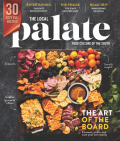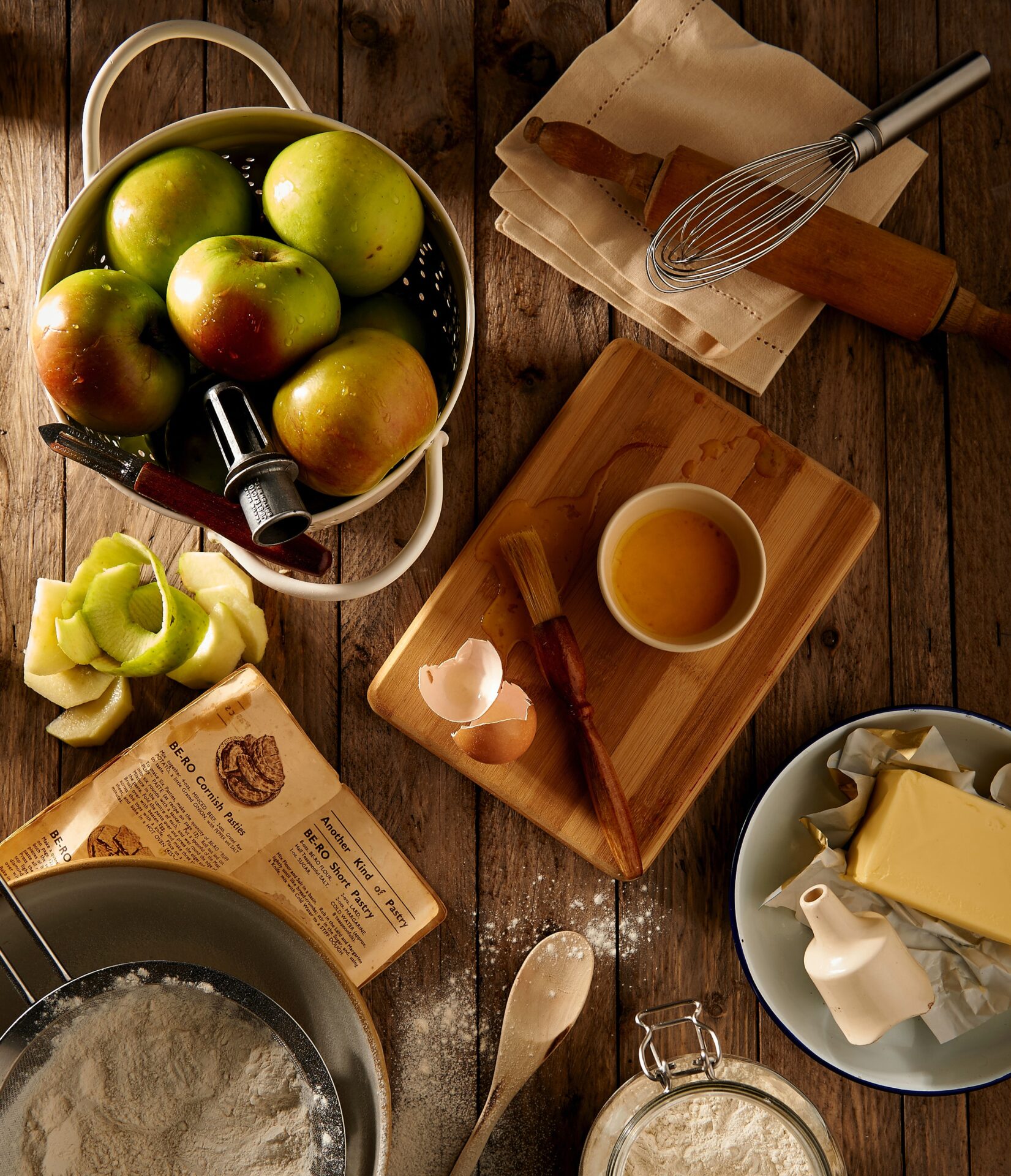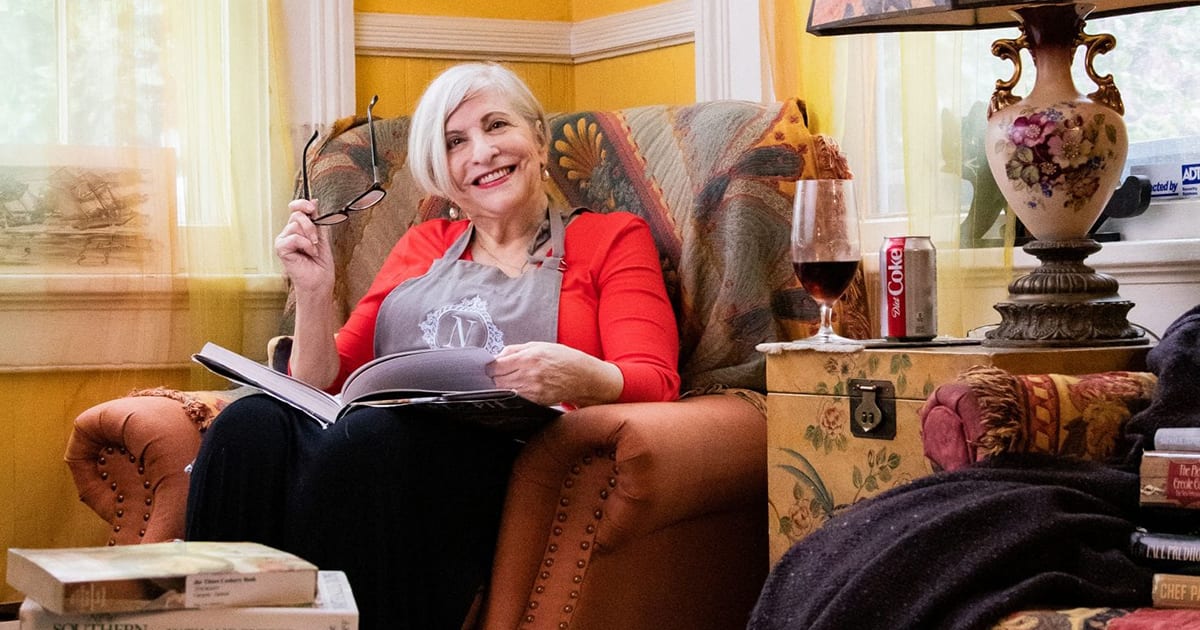At age 80, the doyenne of modern Southern cooking reflects on forging her own path, the power of female connections, and why she cooks grits in the microwave
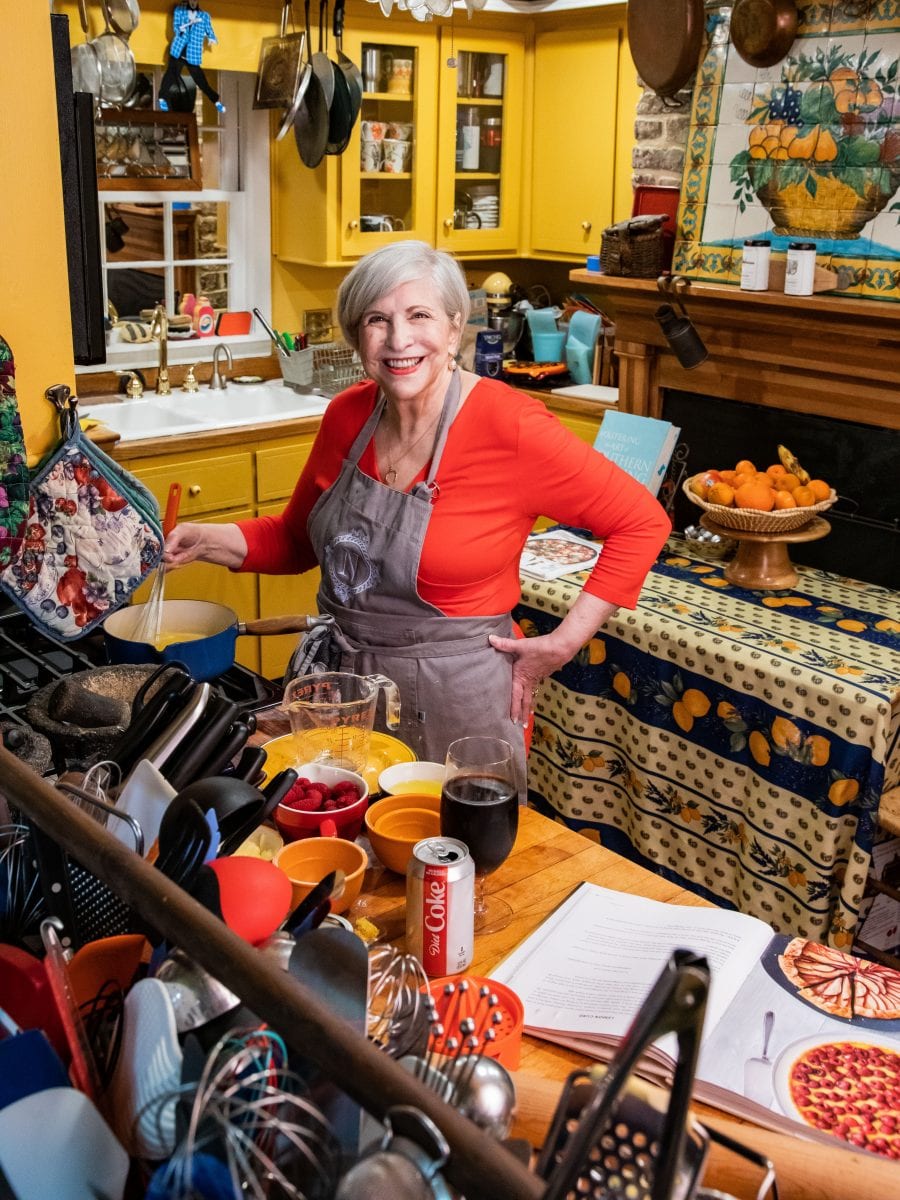
Nathalie Dupree’s kitchen is a mess. The butcher block countertops inside the cadmium yellow Charleston Single house that the award-winning chef, cookbook author, and television personality shares with her husband, writer Jack Bass, are covered in haphazard stacks of colorful Tupperware containers, mixing bowls, copper pots, and a Williams Sonoma’s worth of appliances. To be fair, she’s just wrapped a long-awaited renovation and is still reorganizing. Above the new stove, there’s an oversized measuring cup of grits simmering in the microwave (her preferred cooking method), and in the adjacent sitting room, an entire mini-fridge full of Diet Cokes. Here at least, the breakfast Coke lives on. “I don’t like coffee,” she says. “These are my vices.” A relatively G-rated vice in an industry prone to R-rated excess. Cookbooks (from vintage Edna Lewis to Samin Nosrat’s best-selling Salt Fat Acid Heat), which eat up all available shelf space and spill over into wobbling towers throughout the sitting room, are the only overt display of excess in Dupree’s domain.
That and perhaps the “thrown-together” blueberry tart she baked the day before—a testament to an admittedly incorrigible sweet tooth. In today’s photo-ready, celebrity chef-obsessed food world, this kind of everyday approachability and almost startling lack of pretension is wholly refreshing, especially coming from someone with as much reason to preen as Dupree. It’s also the secret to a significant part of her success.
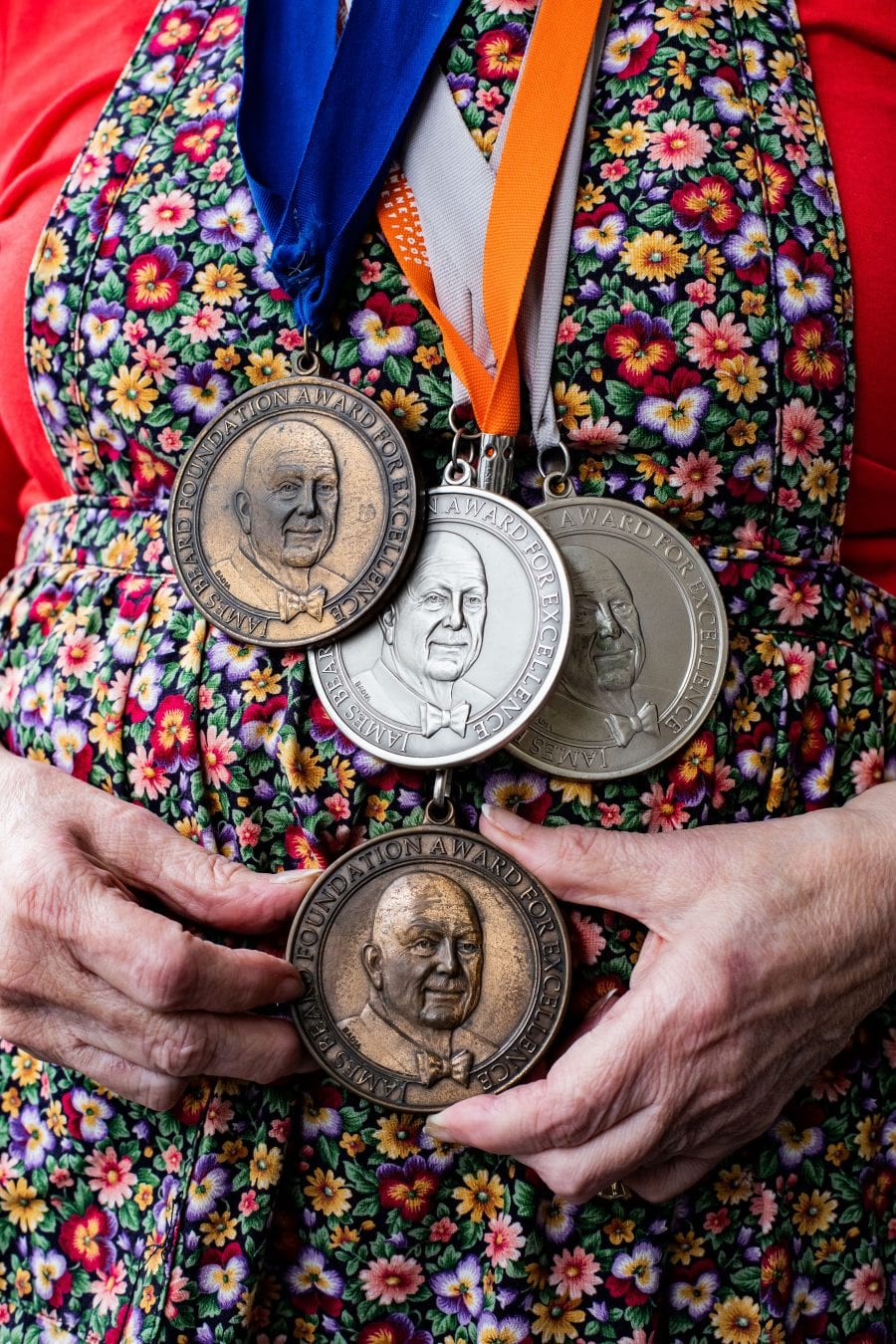
“Nathalie’s gift is helping people make real food in the context of their real lives,” says Cynthia Graubart, who Dupree recruited to produce her first PBS television show, New Southern Cooking, in 1986. Together, they would film more than three hundred episodes for PBS as well as Food Network and the Learning Channel.
An early disciple of the modern Southern food movement, Dupree built a career out of educating the rest of the country (along with a good chunkof native Southerners) on the regional cuisine’s state-to-state nuances, historical complexities, and contemporary applications. “Standard cafeteria fare—steam tables of fried chicken, turnip greens, green beans, and okra—that’s what most people thought of as Southern food,” she says of its mid-century culinary rep. “And of course, Southern cooking is much, much more.”
She would know. Last fall, the 80-year-old released her fifteenth cookbook on the subject. Nathalie Dupree’s Favorite Stories & Recipes is filled with the dishes she still “dreams of” more than five decades into an impressively multifaceted culinary career. Dishes such as breakfast shrimp and grits, a blissfully pared-down version of the Lowcountry classic, which succeeds for its simplicity and the superiority of a few ingredients and serves as an example of at least one instance where gravy is not necessarily an improvement.
She celebrated the book’s launch and her milestone birthday with a party at Beard House in New York City in October. Three of Dupree’s cookbooks have earned James Beard Foundation accolades, including her seminal work Mastering the Art of Southern Cooking, which she co-authored with Graubart. (The book was re-released in October with a new cover and bonus content as well as behind-the-scenes photos.) But if a half-century of dedication, drive, and a finely-honed talent for reinvention is any indication, don’t expect Dupree to step back from the stove any time soon.
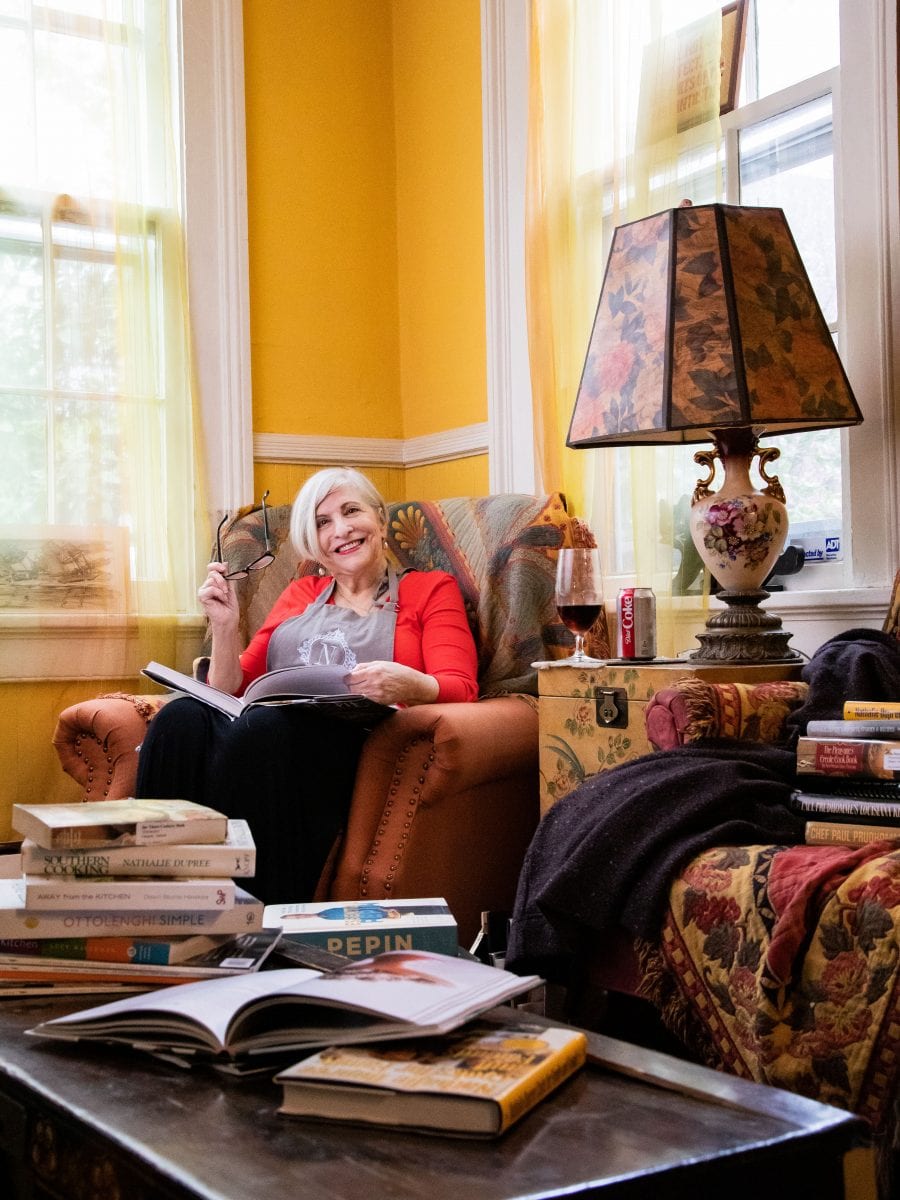
“Nathalie is extremely smart and able to keep her finger on the pulse of the trends of the day,” says the Charleston-based food writer Marion Sullivan, who first met Dupree in the 1970s. The pair co-wrote Dupree’s eleventh cookbook, Shrimp & Grits. “Additionally, she has been willing to go almost anywhere and try almost anything in the pursuit of culinary education.” Both for herself and others—especially women, who are still fighting for a respected place in professional kitchens. A place where tolerating handsy co-workers isn’t part of the job description.
“Ladies don’t cook,” Dupree’s mother famously told her when she announced her intention to make a career out of cooking. A whole generation of female chefs, cookbook authors, and other food writers, including Sullivan and Graubart, is grateful she ignored her mother’s admonition. Instead, she leaned into the idea, propelling herself down the career path less traveled on the back of a deep-rooted stubborn streak—one she still harnesses to her advantage today. In those days, though, there was no formula for female success in the industry. No one to emulate. No TED Talks to stream. “We didn’t have any role models,” she says. “We had to invent everything by ourselves.” Even careers.
When her ex-husband David Dupree (or her “favorite former husband,” as she’s fond of calling him) was transferred to London for work in the late 1960s, Dupree took her first tenacious steps forward. She set up a one- woman dessert business out of the Mayfair flat they shared, delivering lemon soufflés and a chocolate mousses to London’s ladies-who-luncheon crowd.
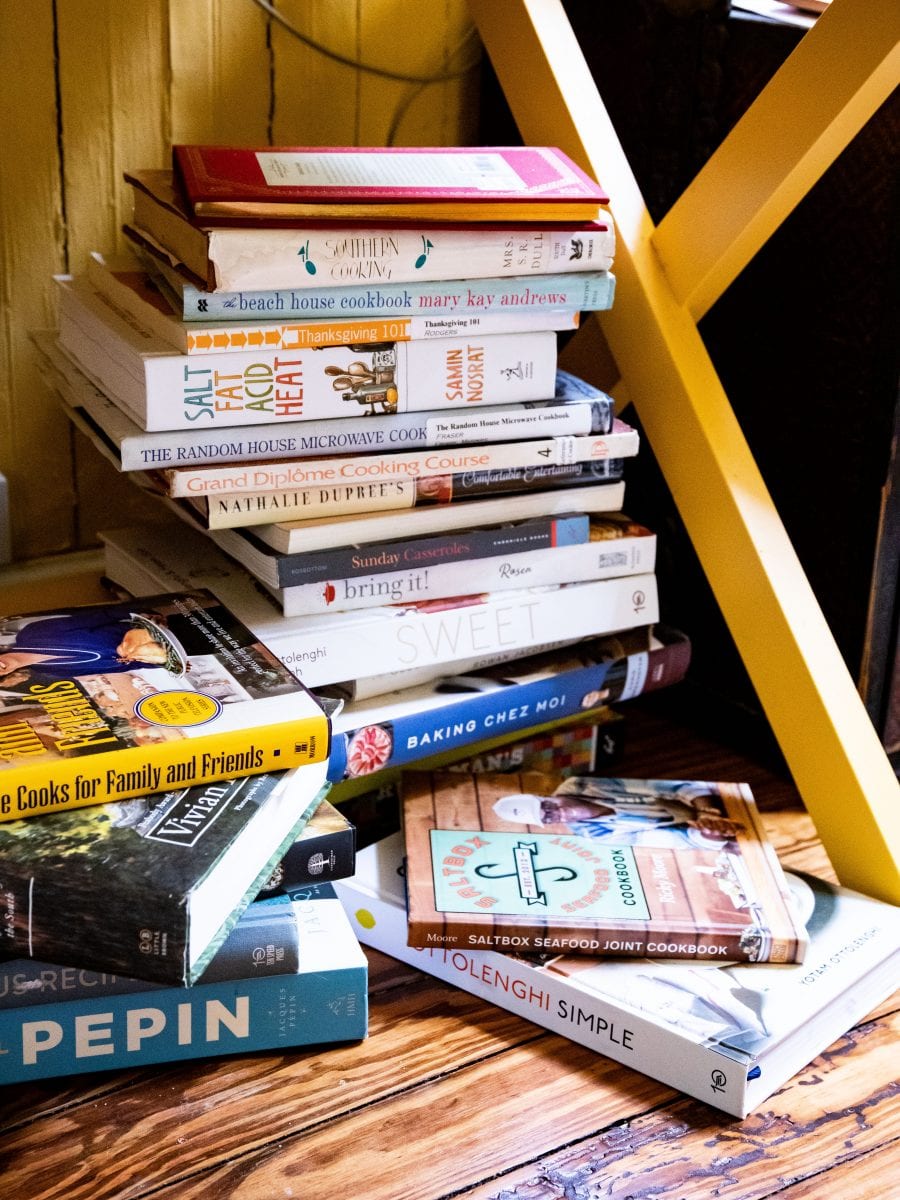
“It was just a piddly business,” she says. But it gave her the experience she needed to gain entry at Le Cordon Bleu, where she earned a prestigious advanced diploma at age 30. By graduation, she knew the exact color and texture of proper French bread and she’d mastered the mother sauces—but the roadmap ended there. “Most of us didn’t know what we were going to do with our degrees,” she says of her all- female class. “The jobs weren’t there.”
Enter Julia Child. It’s hard to imagine now, but Dupree didn’t know who Child was when she was introduced to the American culinary icon by her instructors during her final exams. Child was a guest judge and Dupreethe only American student. “I wasn’ta television watcher,” she admits. “Idon’t think I even owned a TV in those days.” Finally presented with a “lady who cooked”—although even Child had never cooked in a restaurant—Dupree wasn’t about to waste the opportunity. “I told her it was my lastday of school, and I asked her what shewould do if she were me,” she recalls. “‘Start a school,’ she said. ‘We need cooking teachers. You can always learn something from the next person.’”
But first, she needed experience. A year-long detour to Majorca, Spain, proved her training ground. When Dupree was asked to take the helm at a local restaurant, her biggest problem wasn’t her inability to string together more than a few words in broken Spanish. No, her most significant stumbling block was the fact that she’d never actually seen the inside of professional kitchen—much less run one.
“There was a woman who owned another restaurant in Palma,” Dupree says. “The night before I started the job, I asked her if I could just stand in her kitchen and watch her chef. And so, I stood. And I watched. That was the total amount of my professional experience.” By her own account, Dupree made mistakes—lots of them. But she learned. She learned certain dishes could be made ahead and were better for it. She learned it was altogether wiser not to throw pots of potatoes at your waiters. She learned Spain was not the American South, however similar many of the ingredients, and that serving fresh figs (considered pig feed in parts of Spain) was simply not the thing. Most importantly, she learned what happens when one woman opens her kitchen to another.
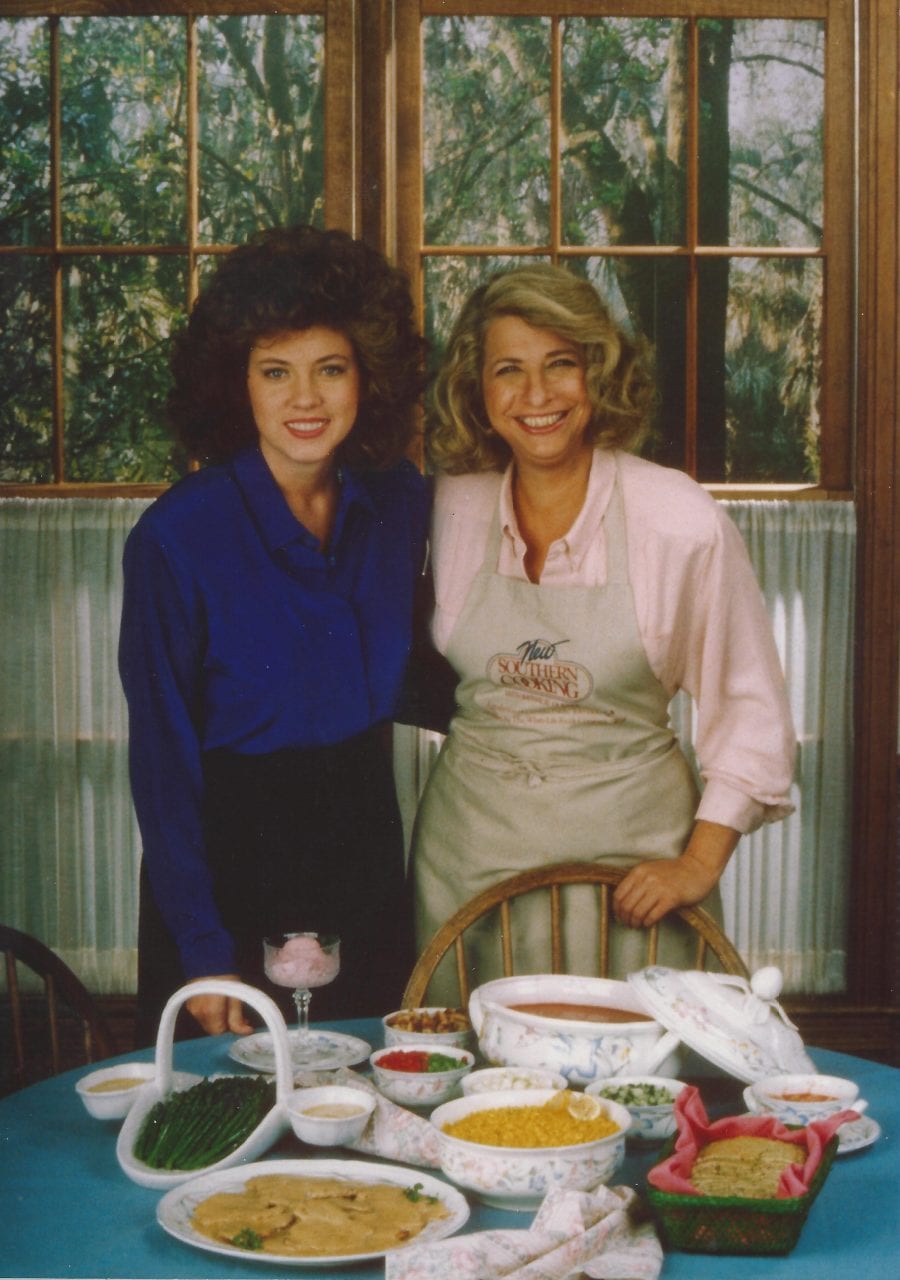
Eventually she missed biscuits and cornbread (and the freedom to serve fresh figs, by gosh), and in 1971, she and David returned to the States. Two years later, they opened Nathalie’s, a small restaurant off the back of an antiques store near Social Circle, Georgia, an hour east of Atlanta. There’s a painting hanging in the entryway of Dupree’s home in Charleston that captures a typical evening at Nathalie’s. In it, the narrow dining room is full—more than likely overflowing into the adjacent shop not pictured on the artist’s canvas. Diners, who came from as far away as Atlanta, sit for supper around antique tables, watched over by waitresses in matching red dresses made from fabric Dupree found for twenty-five cents a yard.
What Alice Waters was doing at Chez Panisse in Berkeley, California, Nathalie Dupree was doing in rural Georgia—by necessity as much as design. She sourced in-season produce from local farmers and a network of neighbors because she disliked the quality doled out by traditional suppliers. She bought fresh herbs from a monastery in Conyers, Georgia, before deciding to grow her own. The menu, which changed each evening based on the day’s haul, was Cordon Bleu with a Southern accent. Locals loved it and regulars began requesting lessons.
And so, Dupree became the teacher Julia Child suggested she become four years earlier. She opened her kitchen to small groups of women before she was recruited to help start a cooking school in downtown Atlanta at Rich’s Department Store. “When I first started teaching, I was doing what I learned at Cordon Bleu,” she says, “but I also added some of the things I’d developed at the restaurant.
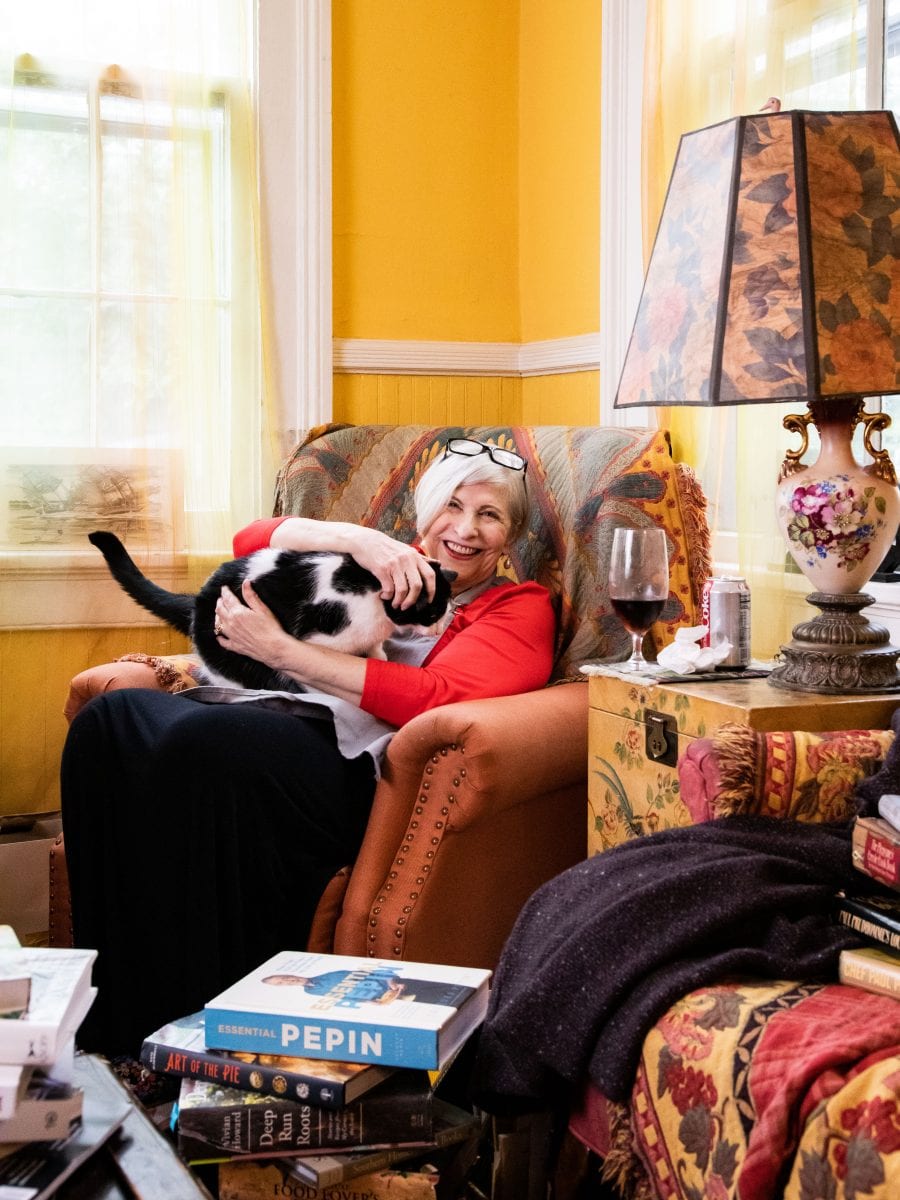
The women who worked for me convinced me that the people who came to me didn’t just want to know how to roast a chicken the French way; they wanted to know how to fry one. To cook the way they grew up eating.” It turned out she had a knack for teaching, and that talent birthed a series of successful television shows and made her cookbooks required reading for any budding home cook— Southern or otherwise. In the ten years Rich’s Cooking School was open, Dupree taught more than 10,000 students, including the late novelist Pat Conroy, Marion Sullivan, and chef and author Virginia Willis, as well as Shirley Corriher, the biochemist turned cookbook author with whom she developed her famous porkchop theory (a kind of career mission statement for Dupree): One pork chop in a skillet cooks dry, but two pork chops produce enough fat to feed each other.
“She is constantly uplifting women in the world of food,” Graubart says. “And it’s not only about their professional lives, but also about their personal lives. She cares for people as a whole person.”
A natural connector, Dupree was a founding member of the Southern Foodways Alliance—the gatekeeper of the region’s culinary stories. She founded both the Charleston and Atlanta chapters of the global women-in-food organization Les Dames d’Escoffier as well as the American Institute of Wine and Food and the International Association of Culinary Professionals, of which she was twice the president. She also served as the founding chairman of Charleston Wine + Food.
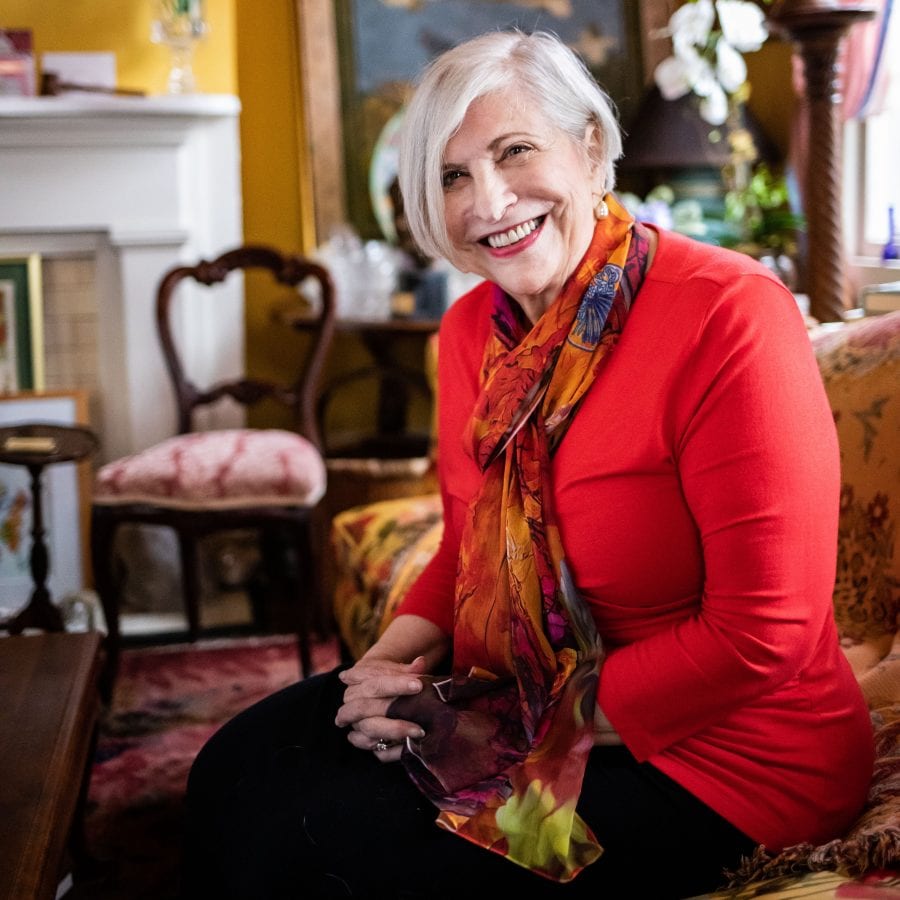
But it’s the personal relationships built over a shared meal that she values most, and so, she opens her home. Over the years, her dinner parties have become the stuff of legend not for the perfect table setting or the perfect guest list (though the South’s culinary, literary, even political elite are regulars around her table) or even the perfect meal. “Never tell people what you’re going to serve them,” she says. “If it’s not chocolate mousse, it’s chocolate pudding.” In other words, what your guests don’t know won’t hurt them—or you.
Dupree doesn’t put on airs when it comes to entertaining. She might not even clean up. “I have no shame. Not a drop of shame,” she says. “I just have people over regardless of the mess.” She possesses the kind of generosity that invites friends to breeze through her side screen door for an afternoon chat and a slice of pie or even to show up unannounced with an entourage in tow for dinner. There’s a story Dupree’s husband Jack likes to tell about another long-ago kitchen renovation and a last-minute dinner party Dupree hosted for Conroy, his father and father’s girlfriend, his editor Nan Talese, his PR rep, and writer John Berendt. With only one burner and a frozen beef tenderloin, she prepped dinner for eight. It was the first time she made grits in the microwave (which requires the same amount of time as stovetop grits, but less stirring).
“When you just pull things together, it has a certain mood and aura. It has its own energy. Everyone is grateful and happy to be there,” she says. “And of course, that’s what you really want. That makes all the difference.”
Nathalie Dupree’s Lemon and Berry Tart
Nathalie Dupree’s Two-Ingredient Biscuit Recipe
share
trending content
-
Summer’s Top Culinary Trends
-
Top 15 Restaurants Near the Atlanta Airport
by TLP's Partners -
7 Essential New Southern Cookbooks to Fill Your Shelves
by Erin Byers Murray -
The Harvest: Apple Recipe Round-Up
by Brianna Connelly -
Recipes From Our 2025 Winter Issue
More From At the Table
-
The Harvest: Apple Recipe Round-Up
-
Well Preserved: A Chef’s Home Guide to Preservation
-
10 Jewish-Inspired Recipes for Rosh Hashanah
-
6 Brunch-Themed Tailgate Recipes
-
Cooking for Comfort
